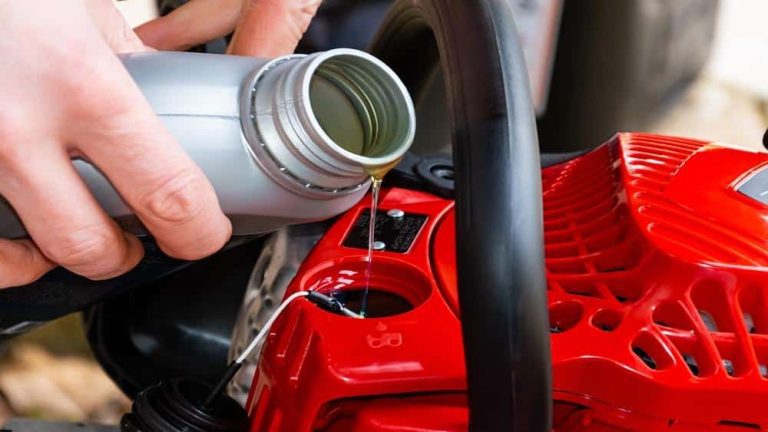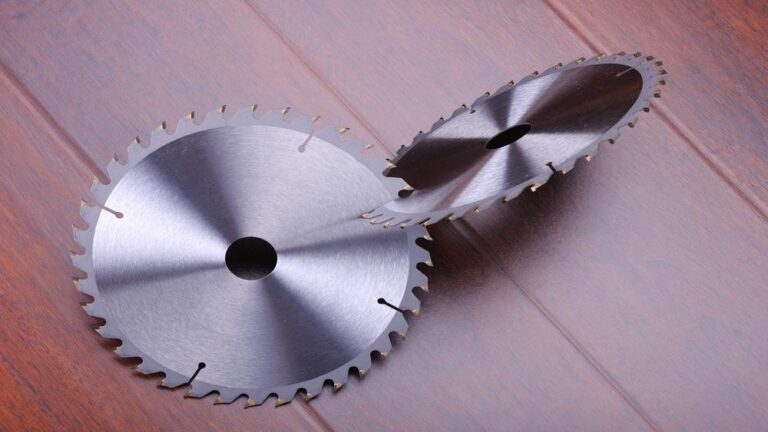Ice fishing can be an exciting and rewarding winter activity. To get started, you’ll need to know how to drill a hole in the ice to access the fish below. Drilling through ice requires the right tools and techniques to ensure your safety and success. This article will cover everything you need to know about how to drill ice fishing hole, including equipment, safety precautions, and drilling techniques.
Equipment Needed for Drilling Ice Fishing Hole
Before you start drilling your ice fishing hole, you need to have the right equipment. Here’s a list of items you’ll need:
Ice Auger
The most important piece of equipment you’ll need is an ice auger. This is a special type of drill designed for cutting through ice. There are two types of ice augers: hand augers and power augers. Hand augers are operated by hand and typically used to drill smaller holes. Power augers are powered by gas, electricity, or battery and are used for drilling larger holes more quickly.
Ice Skimmer
An ice skimmer is a tool used to remove slush and ice chips from the hole after it’s been drilled. This is important because it lets you see the fish and prevents the hole from freezing.
Chisel
A chisel can break up thick ice and remove any remaining ice chips from the hole.
Tape Measure
A tape measure can measure the thickness of the ice before you start drilling.
Ice Safety Picks
Ice safety picks are a pair of sharp metal picks attached to a cord that can be worn around your neck. They are used to pull you out of the water in case you fall through the ice.
Safety Precautions for Drilling Ice Fishing Hole
Drilling through ice can be dangerous if you’re not careful. Here are some safety precautions to keep in mind:
Check the Ice Thickness
Before you start drilling, check the ice thickness using a tape measure. The ice should be at least 4 inches thick for safe ice fishing.
Wear a Life Jacket
Always wear a life jacket when ice fishing. This will help keep you afloat in case you fall through the ice.
Bring Ice Safety Picks
Always wear ice safety picks around your neck. These can be used to pull yourself out of the water in case you fall through the ice.
Stay Away from Moving Water
Avoid drilling holes near moving water or in areas where the ice is thin. These areas are more likely unstable and can increase the risk of falling through the ice.
Let Someone Know Your Plans
Always let someone know your plans before heading out on the ice. Tell them where you’re going, when you plan to return, and what route you’ll be taking.
Techniques for Drilling Ice Fishing Hole
Once you have your equipment and have taken the necessary safety precautions, it’s time to start drilling. Here are some techniques to keep in mind:
Mark the Hole
Use a spud bar or chisel to mark the center of the hole. This will help guide the auger and ensure that you drill the hole in the right place.
Start Drilling
If you’re using a hand auger, place the blades on the ice and apply downward pressure while turning the handle. If you’re using a power auger, turn it on and let the blades do the work.
Keep the Blades Sharp
Make sure to keep the blades sharp by sharpening them before each use. Dull blades will make it harder to drill and cause the auger to become stuck in the ice.
Use a Steady Pace
When drilling, use a steady and consistent pace. This will help prevent the blades from getting stuck in the ice and ensure the hole is drilled straight.
Check the Depth
Periodically check the depth of the hole using a tape measure. This will help you determine when you’ve reached the desired depth.
Remove Ice Chips
Once you’ve drilled the hole, use an ice skimmer to remove any slush and ice chips from the hole. This will help you see the fish and prevent the hole from freezing.
Keep the Hole Clear
To keep the hole clear, periodically use a chisel to break up any thick ice or remove any remaining ice chips.
FAQs
- How thick should the ice be before drilling an ice fishing hole?
The ice should be at least 4 inches thick for safe ice fishing.
- What type of auger is best for drilling ice fishing holes?
Hand augers are best for drilling smaller holes, while power augers are better for drilling larger holes more quickly.
- Can you use a regular drill to drill through the ice?
No, regular drills are not designed for cutting through ice. You’ll need a special ice auger.
- Do I need ice safety picks when ice fishing?
Ice safety picks are an important safety tool that can help you pull yourself out of the water if you fall through the ice.
- How do I keep the hole clear while ice fishing?
Use an ice skimmer to remove slush and ice chips from the hole. Also, periodically use a chisel to break thick ice or remove any remaining ice chips.
Conclusion
Drilling an ice fishing hole can be a fun and rewarding winter activity. However, taking the necessary safety precautions and using the right equipment and techniques are important. Always check the ice thickness, wear a life jacket, bring ice safety picks, stay away from moving water, and let someone know your plans before heading out on the ice. With the right equipment and techniques, you can enjoy a successful day of ice fishing.





